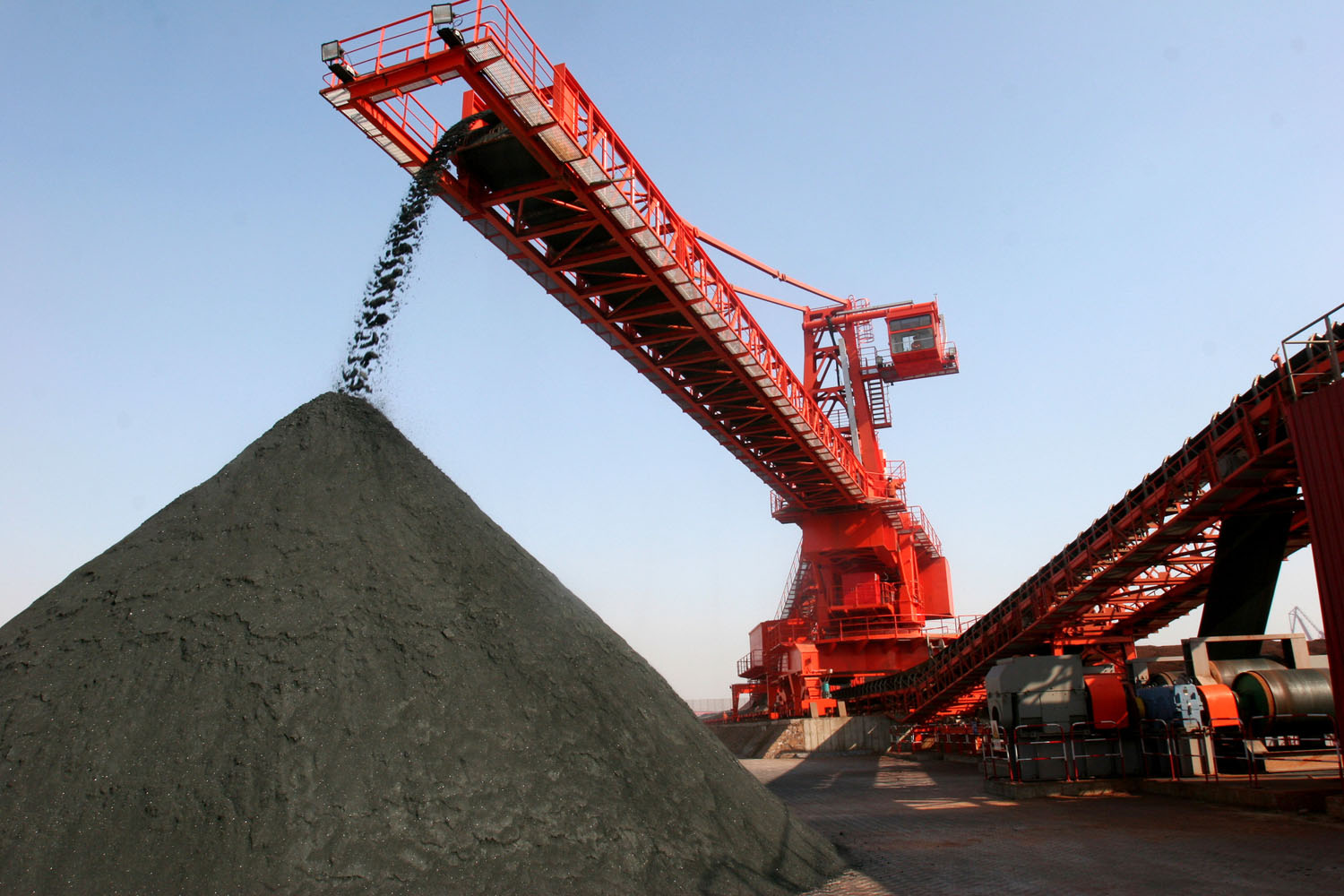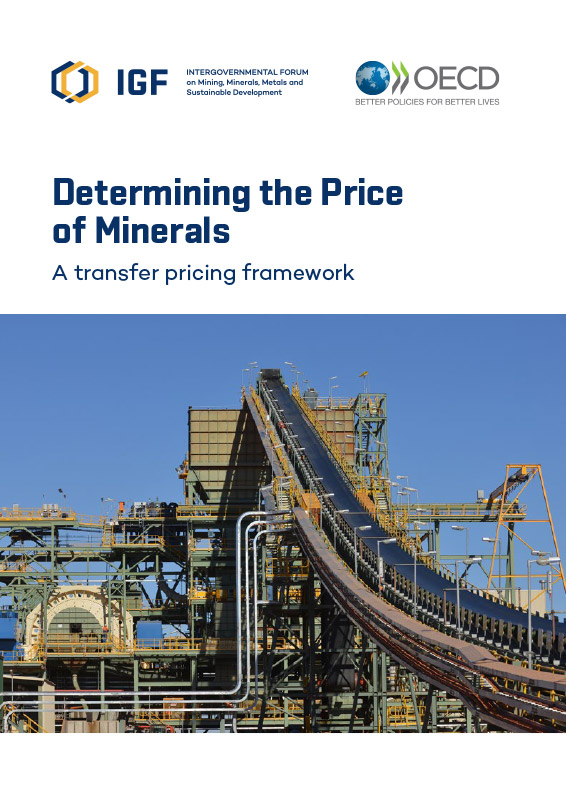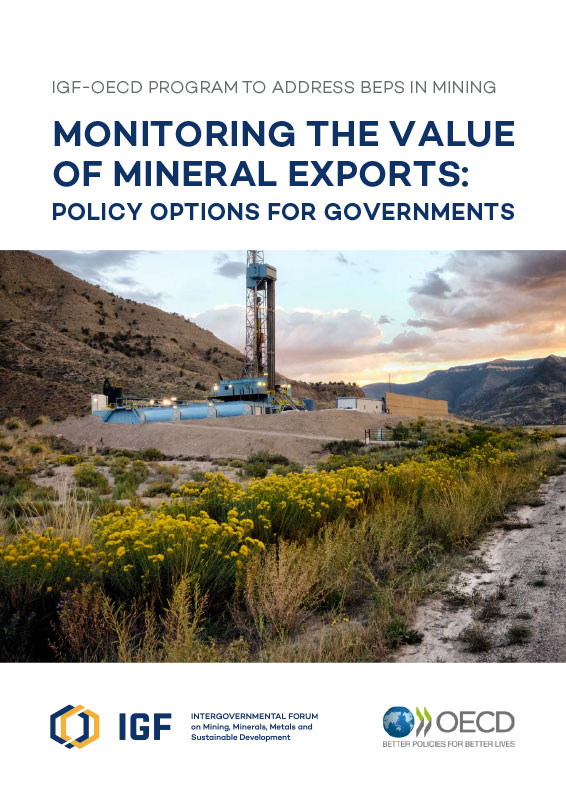Want More?
- World Bank – Transfer Pricing in Mining with a Focus on Africa: A reference guide for practitioners
- OECD — Addressing Difficulties in Accessing Comparables Data for Transfer Pricing Analyses
- CIAT — Cocktail of measures for the transfer pricing control in low-income or developing countries [webinar]
- Journal of International Economic Law — Countering Commodity Trade Mispricing in Low-Income Countries: A prescriptive approach



